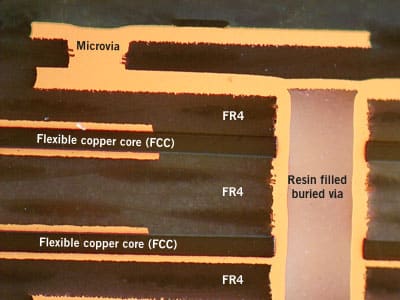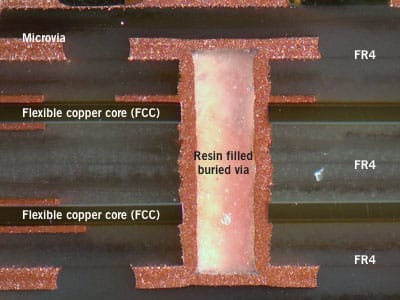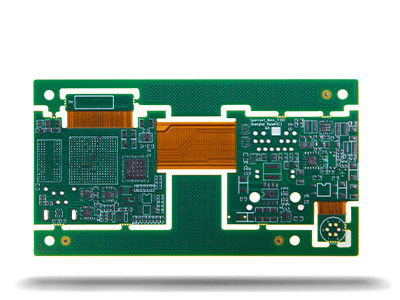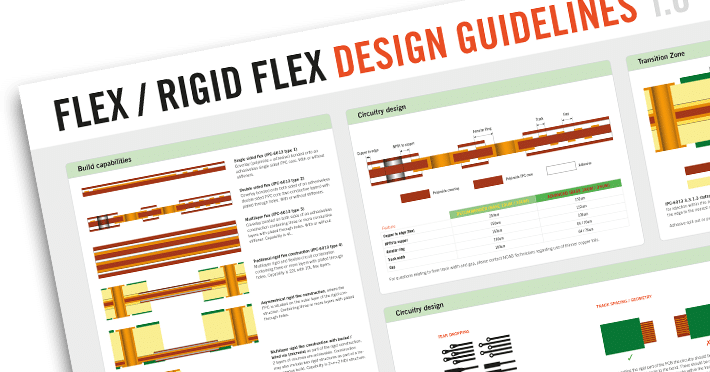Rigid flex PCBs



Available structures for rigid flex PCBs
There are numerous, different structures available. The more common ones are defined below:
Traditional rigid flex construction (IPC-6013 type 4) Multilayer rigid and flexible circuit combination containing three or more layers with plated through holes. Capability is 22L with 10L flex layers.
Asymmetrical rigid flex construction, where the FPC is situated on the outer layer of the rigid construction. Containing three or more layers with plated through holes.
Multilayer rigid flex construction with buried / blind via (microvia) as part of the rigid construction. 2 layers of microvia are achievable. Construction may also include two rigid structures as part of a homogeneous build. Capability is 2+n+2 HDI structure.
In our FAQ about PCBs (printed circuit boards) you can read more about the structures and see their technical illustrations.
Please contact your local NCAB Group company if you need further information or assistance, we are happy to help you.
Our technical capability for rigid flex PCBs
For information about our technical capabilities for rigid flex PCBs, read more at our Technical Capability page. You will also find information relating to materials, other PCB technologies or product types which we currently produce, as well as some of the tolerances which we can achieve.

Download our design guidelines for rigid flex PCBs
To prevent getting it wrong from the start, we have put together our PCB design guidelines, to use as a checklist.
